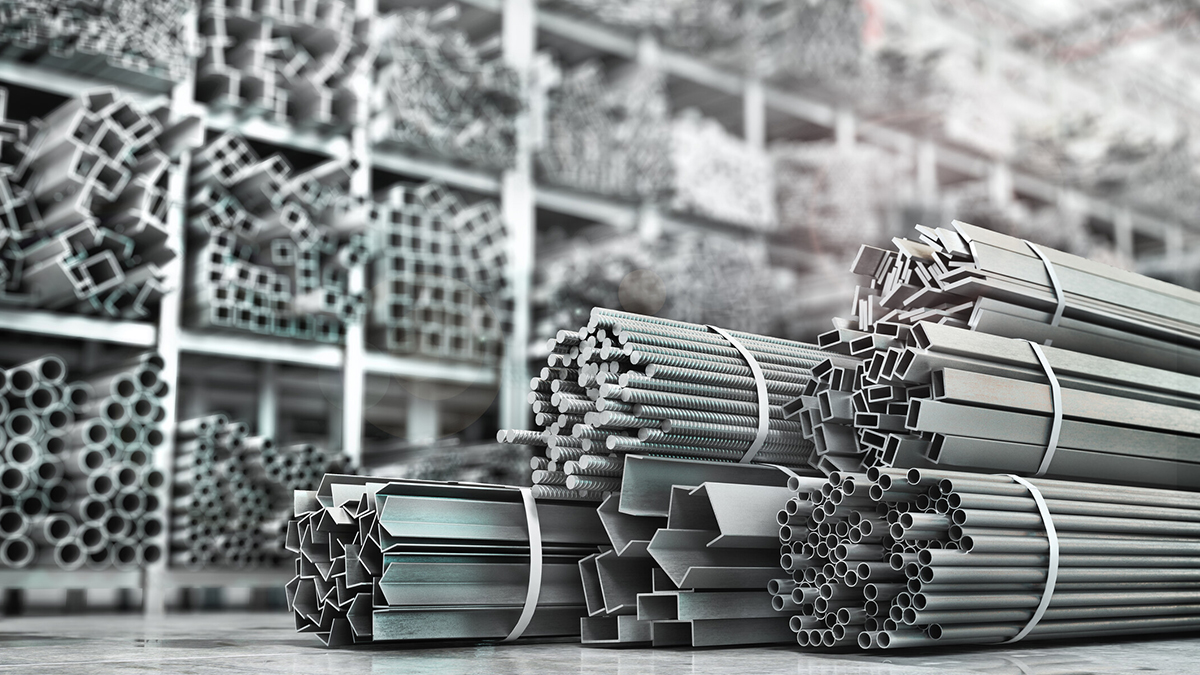Steel is the backbone of modern civilization, shaping industries and driving innovation. From skyscrapers to vehicles, it has revolutionized the world and remains essential for sustainable development. This post explores its history, significance, and future.
Steel in the Industrial Revolution
The Industrial Revolution of the late 18th and 19th centuries transformed economies and societies, and steel was at its center. The leap in production efficiency enabled by advancements in steelmaking led to groundbreaking developments across multiple industries:
Revolutionizing Construction
Prior to steel’s widespread adoption, construction was limited by the strength of materials such as wood, stone, and cast iron. Steel changed that. Its unparalleled tensile strength and durability enabled the creation of larger, taller, and more intricate structures. Skyscrapers, bridges, and railways became achievable engineering feats. The Brooklyn Bridge, completed in 1883, is a prime example of how steel helped architects dream bigger and bolder.
Transport and Infrastructure
The rapid expansion of the railroad industry was heavily dependent on steel for both tracks and locomotive engines. Steel’s ability to withstand immense wear and tear revolutionized how goods and people were transported. Meanwhile, in shipbuilding, the transition from wooden ships to steel-hulled vessels revolutionized maritime trade, laying the groundwork for globalization.
Manufacturing and Machinery
With steel becoming more accessible, industries boomed. Heavy-duty machinery, tools, and equipment gained robustness and longevity, allowing manufacturers to increase output and efficiency. Factories across the globe relied on steel gears, shafts, and frameworks to power the engines of the Industrial Revolution.
Through these innovations, steel solidified its reputation as a building block of progress, integral to the fabric of modern economies.
Modern Applications of Steel
Fast forward to today, and the applications of steel have diversified beyond imagination. Its versatility makes it irreplaceable in a variety of fields:
Infrastructure and Urban Development
Steel forms the backbone of roads, bridges, airports, and residential and commercial buildings. Steel supplies, like those in Utah, play a crucial role in supporting these projects. Glass-and-steel skyscrapers dominate global urban skylines, with iconic examples like the Burj Khalifa—a marvel of human engineering.
Technology and Automotive Advances
Steel has also found its place in the technology and automotive industries. High-strength steel is used in electric vehicles to improve energy efficiency while maintaining safety standards. Meanwhile, lightweight steel alloys power advancements in robotics, aerospace engineering, and more.
Sustainable Development
Interestingly, steel has emerged as a key material in sustainable practices. It’s one of the most recycled materials globally, with an impressive recycling rate of over 85%. This reduces resource consumption and lowers greenhouse gas emissions, aligning steel with the goals of a circular economy.
From wind turbine structures to water desalination plants, steel is making strides in contributing to clean energy solutions. Its versatility ensures that steel remains indispensable in building a more sustainable future.
The Future of Steel
What’s next for this industrial powerhouse? The future of steel looks promising and transformational, as industries continue to innovate and address challenges related to environmental impact, efficiency, and adaptability.
Technological Advancements
Research into new steelmaking processes, such as hydrogen-based direct reduction, aims to cut carbon emissions drastically. These advancements could revolutionize the way steel is produced, opening up new possibilities for greener production methods.
Additionally, emerging technologies such as nanotechnology are poised to enhance steel’s properties further, creating “super steel” that is even stronger and lighter.
Environmental Sustainability
Modern industries are working tirelessly to lower steel’s overall carbon footprint. Initiatives like the Steel Climate Action Program (SCAP) focus on decarbonizing production facilities and making steel a cleaner material for the future.
Role in Emerging Industries
Steel is expected to play a significant role in emerging sectors such as renewable energy, where it’s already used in the construction of wind farms and solar panel frames. Additionally, as urban populations continue to grow, the demand for sustainable, resilient infrastructure will likely see steel delivering solutions to meet these needs.
AI in Steel Manufacturing
Artificial intelligence is starting to revolutionize steel production by optimizing logistics, maintenance schedules, and energy consumption. This trend is likely to result in smarter, more efficient manufacturing ecosystems.
A World Built on Steel
Steel is more than just a construction material or an industrial input; it’s a symbol of human ingenuity and progress. From the annals of ancient history to laying the foundation for our high-tech, sustainable future, steel has proven its worth time and again.
It’s hard to imagine a world without steel. Whether you’re crossing a bridge, staring at a futuristic skyscraper, or scrolling through content on your smartphone, chances are steel has played a role in making that moment possible.
Steel isn’t done transforming our world—it’s just getting started. It’s worth appreciating its enduring contribution to our daily lives and considering how this revolutionary material will pave the way for future generations.
Meta Data
Meta title
The Steel Revolution: Transforming Industries for Centuries
Meta description
Discover how steel has revolutionized industries, from construction to technology. Learn about its history, modern uses, and exciting future in this in-depth guide.

